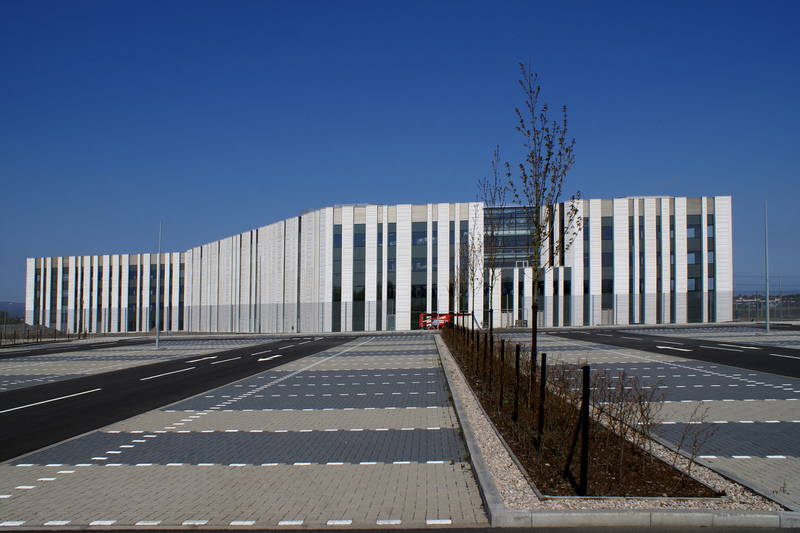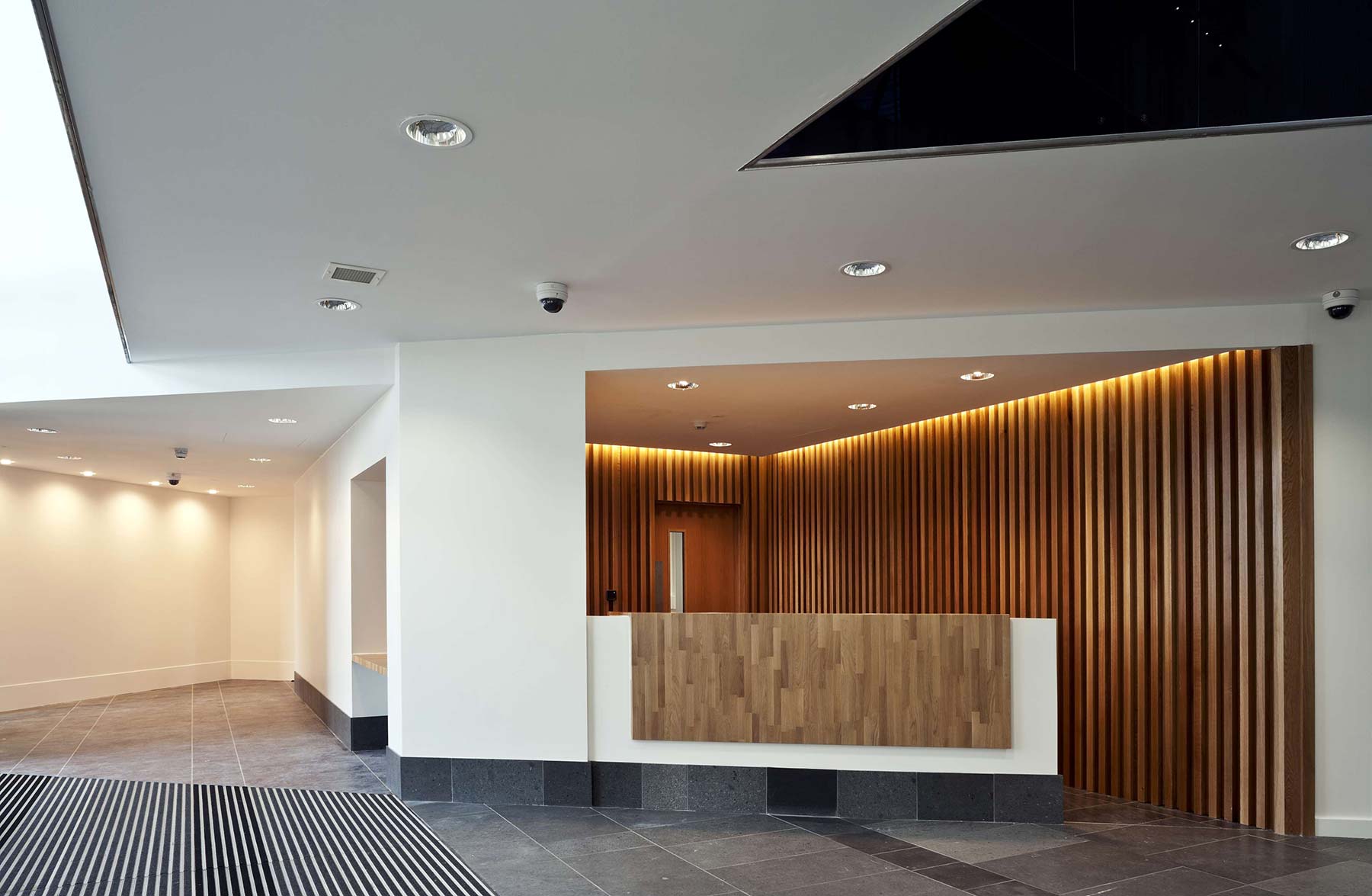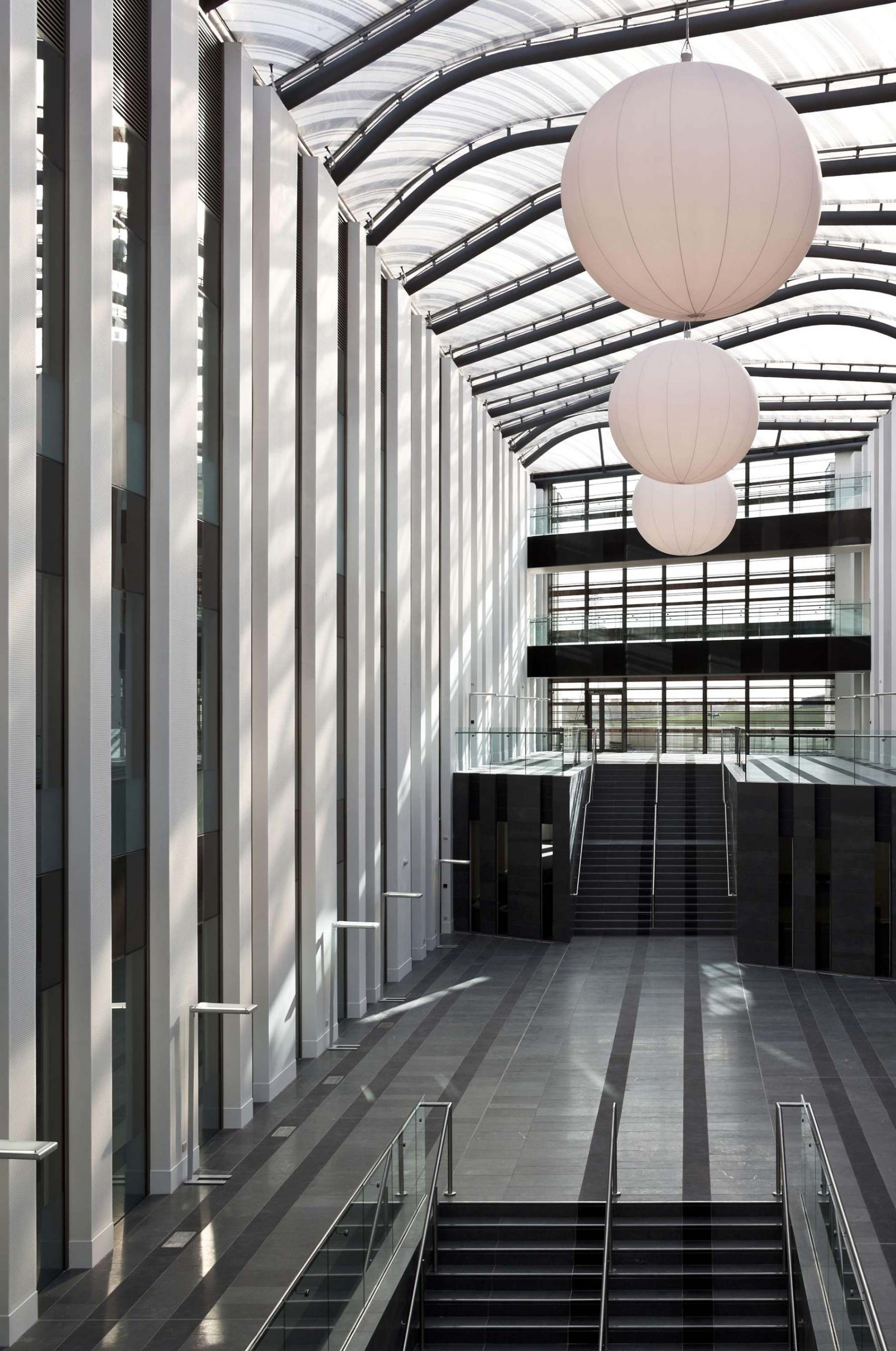Scottish Crime Campus
Scottish Crime Campus
Combatting serious organised crime and tackling organised crime groups is a key part of the Scottish Government objective to achieve a Safer and Stronger Scotland.
Part of this strategy is to deliver a secure crime campus for the Specialist Crime Division of Police Scotland and their partner agencies, enabling closer and more joined up working in the fight against Serious Organised Crime. These agencies include parts of the Crown Office and Procurator Fiscal Service, the National Crime Agency and HM Revenue and Customs. The site will also provide a new forensic science laboratory for the Scottish Police Authority Forensic Services. The campus will provide accommodation for over 1100 people, including room for growth.
FES Fire & Security provided a fully integrated solution comprising of IDS via dual technology PIR (Infra-Red and Microwave) and also flush or surface mounted door contacts. Internal and External sounders, with indication lights, are used for audible and visual purposes. In addition, strategically positioned keypads are positioned to provide audio, visual and detailed information of alarms.
The CCTV system consisted of internal and external cameras, both fixed a Pan Tilt & Zoom (PTZ). The external cameras were mounted on columns around the perimeter of the site and use “cross line” analytics to activate upon an alarm. These cameras operate during darkness with the assistance of IR lighting. This IR lighting provides a “flood arrangement” of light to the area to assist monitoring during the hours of darkness.
All cameras were connected to a front end system that integrated with the access control and intruder system. Upon activation of any door on the perimeter of the site, then this would result in the camera panning to the direction of this door.
Any forced door or door held open on the access control system, would activate an alarm resulting in an internal PTZ pointing in the direction of this door. The access control system allowed users entry through groups of doors depending upon their needs and security level. These access control doors would either become “fail safe” or “fail secure” upon activation of the fire alarm.
External gates were fitted with access control and video entry systems to allow visitors through after verification


